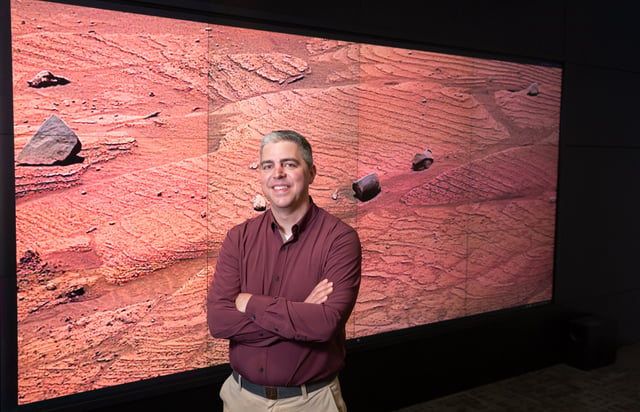Overview
- Curiosity detected abundant siderite in Gale Crater, providing the first in situ evidence of an ancient Martian carbon cycle and atmospheric CO2 sequestration.
- Perseverance's advanced X-ray diffraction mapping identified two generations of calcium sulfate minerals in Jezero Crater, indicating multiple water-related events.
- Mars' carbon cycle was imbalanced, with more CO2 sequestered into rocks than released, contributing to atmospheric thinning and habitability loss.
- The lack of plate tectonics on Mars prevented recycled CO2 from returning to the atmosphere, unlike Earth's stable carbon cycle.
- These findings refine models of planetary habitability and guide future exploration strategies by highlighting Mars' warm, wet past and its dramatic climate transition.



